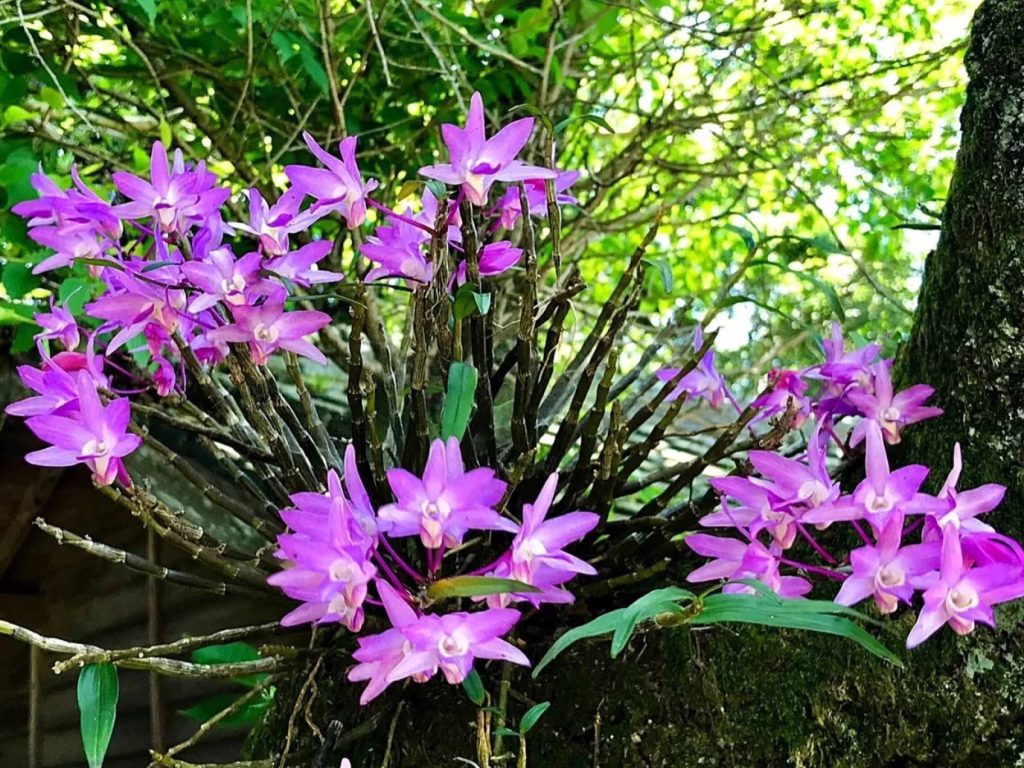
From today (7/2) to July 6th is called the Hangesho. In the lunar calendar, a year is divided into 24 equal parts, and each of them is further divided into three equal parts to represent the season. One of the 72 seasons is Hangesho (July 2nd-July 6th). At the end of the rainy season, it is a turning point that was used as a guide for rice planting. In Kansai, it is customary to eat “octopus” to pray for a good harvest. This means that we pray that the planted crops will take root firmly in the ground, like the legs of an octopus. It is said that rice planting is over and octopus is eaten to survive the hot summer. The origin of half-summer is that poison comes down from heaven at the end of the rainy season, so in order to prevent it, we planted Hange (another name for Karasubishaku, a plant like a snake with a sickle) in a well or field. Recently, it seems that Hangeshou in the photo, because in which half of the leaves are in a semi-makeup state as if they were coated with white powder, represents this period.
今日(7/2)から7月6日までを半夏生(はんげしょう)の候と言います。夏至の候(1年を24等分した雑節の一つ、6月21日-7月6日)を三つに分け、初候を乃東枯(なつかれくさかるる、2023年6月21日-6月26日)、次候を菖蒲華(あやめはなさく、2023年6月27日-7月1日)、末候を半夏生(はんげしょうず、2023年7月2日-7月6日)と呼んだ末候に当たる期間です。梅雨の終わりに当たり、田植えをすませる目安とされた節目です。関西では、豊作を祈って「蛸」を食べる習わしがあります。これは、植えた作物が蛸の足のように、大地にしっかりと根を張ることを祈願するといった意味が込められています。田植えも終わり、これからの暑い夏を乗り切る為に蛸を食べるとも言われています。半夏生の由来は、梅雨最後には天から毒が降ってくるので、それを防ぐために半夏(カラスビシャクの別名、蛇が鎌首をもたげた様な植物)を井戸や田畑に植えたことによります。最近は、葉の半分が白粉を塗ったように白く半化粧状態になる写真の半夏生がこの候を代表している様です。

